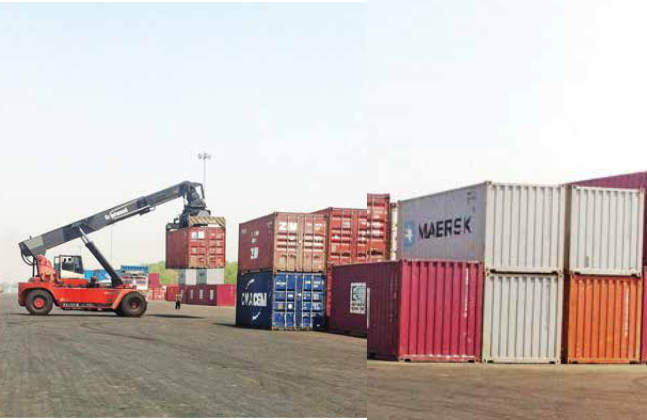July 12, 2020: India accounts for 64% of Nepal’s total volume of trade, according to data sourced from Economic Survey of 2018-19.
Non-tariff Trade: Informal trade happens in the Terai region too. These are for goods mainly produced in UP, Bihar and West Bengal to avoid high tariff and other issues such as weak infrastructure and high transportation cost. In exchange, Nepal gives goods produced in third countries.
Proximity to ports
Nepal is dependent on Indian ports to facilitate its trade across different parts of the world. About 60% of its exports and imports are handled by Haldia and Vishakhapatnam ports. Proximity to Birgunj helps Haldia to handle most of Nepal’s trade.
Meanwhile, Vishakhapatnam port is Nepal’s cargo gateway to China, Southeast Asia, the US and Europe.
India has agreed to provide Nepal access to Dhamra port in Odisha and Mundra in Gujarat. The two countries have been negotiating to facilitate trade through inland waterways from Haldia to Nepal through rivers Koshi and Gandak.
More access points in India
Nepal shares a 1,868-km boundary with India, which has 20 entry and exit points for trade. India’s export items include petroleum products, iron, steel, cement, machinery and pharmaceuticals. Import items include tea, black cardamom, juices and jute products.
Nepal-China trade
Nepal shares 1,415 km border with China which has its own geographical challenges. The Nepal-China trade deal allows people living within 30 km on either side of the border to travel freely by merely providing residence proof to engage in barter trade.
Tatopani-Zhangmu and Rasuwagadhi-Kerung are the two major trade points. Tatopani has been the closest trade point with China since 1960s but it was closed after a severe earthquake hit in 2015. It reopened only last year, impacting trade.
Bulk of Nepal’s exports to China is consumed in Tibet. China’s attempt is to provide Nepal access to another port through the Kathmandu-Rasuwadadhi highway.
Source: The Economic Times







